I'm trying to debug this problem in a library where a set of controls are not being updated to be disabled. I've drilled down to a point where I've hit a black box. A mfc120ud.dll!CCmdUI::DoUpdate() call will then call CCmdUI::Enable(). It'll then go through a bunch of calls one through ntdll.dll and 4 through user32.dll for which I have no source for and then sometimes stick its head our coming back to mfc123ud.dll or sometimes not.
I don't know why the WM_PAINT message gets invoked sometimes. Does anyone know?
